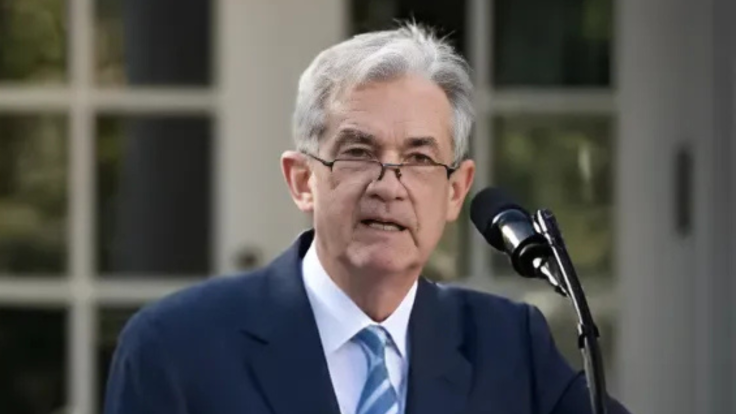From 401(k)s to Mortgages: What Jerome Powell's Surprise Rate Cut Signal Means for Americans
Powell's rate cut shakes markets and household budgets alike, with investors and borrowers bracing for impact

Federal Reserve Chair Jerome Powell suggested a cautious shift toward possible rate cuts, raising fresh debate about how this could influence borrowing, savings and investment across the United States.
On Thursday, Powell delivered remarks outlining the Federal Reserve's latest policy stance. While not announcing immediate action, he signalled that recent conditions may allow interest rate cuts. His statement came amid heightened attention from financial markets, which have been weighing how long high borrowing costs will persist.
Where It Matters Most
The comments were delivered in Washington, D.C., but their effects rippled worldwide. Markets responded with a lift in stock prices and a decline in Treasury yields, as investors adjusted their expectations for monetary policy.
For US households, the shift could influence mortgages, consumer loans and retirement portfolios in the coming months.
The remarks came directly from Powell, who has led the Federal Reserve since 2018. His message was directed at a wide audience: policymakers, financial analysts and millions of Americans facing challenges with borrowing costs.
Powell pointed to recent economic data showing that inflation, while still above the 2% target, has eased from earlier peaks. At the same time, signs of slowing consumer demand and softer labour market conditions have raised concerns about leaving rates too high for too long. His comments emphasised balance ensuring inflation continues to decline without tipping the economy into a sharper slowdown.
How It Affects Mortgages
Analysts say a shift toward lower rates could eventually reduce mortgage costs, which climbed above 7% in recent years. Any relief, however, would depend on how quickly lenders adjust to Federal Reserve policy changes.
For now, Powell's remarks represent a potential easing ahead, not a guarantee of immediate cuts.
Impact on 401(k)s and Savings
Financial markets reacted positively, with major stock indexes closing higher. This could benefit Americans with retirement accounts such as 401(k)s, at least in the short term.
But experts caution that Powell's remarks are data-dependent and that volatility is likely to persist. Savers who rely on higher interest-bearing accounts may also see changes if rates decline.
Consumer Borrowing and Credit
High borrowing costs have weighed heavily on consumers with credit card debt and car loans. While Powell did not announce changes, even the prospect of lower rates brings hope that repayment burdens could ease.
Economists stress that the timing and extent of any relief depend on future Federal Reserve decisions.
Broader Economic Stakes
The US economy is navigating a delicate balance. Inflation has cooled from its post-pandemic highs but remains sticky in areas such as housing and services.
By signalling openness to cuts, Powell is trying to steer between sustaining growth and protecting against renewed price pressures.
Global markets, including Europe and Asia, are also watching closely, as US monetary policy often sets the tone for international borrowing costs.
Powell's carefully worded remarks mark a cautious step toward possible easing of US interest rates. While markets welcomed the signal, the path ahead depends on incoming data.
For American households, from mortgage holders to retirement savers, the message offers cautious optimism but no immediate guarantees.
© Copyright IBTimes 2025. All rights reserved.




















